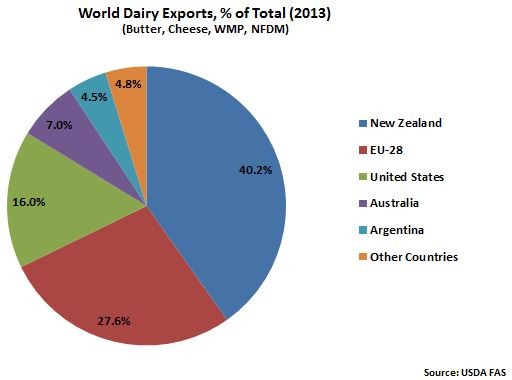Mitigate Your Trading Risk By Using Staggered Trade Entries Trader Kingdom
Post on: 11 Июнь, 2015 No Comment

News & Blogs Menu
What those of us who trade crude oil futures love about that market is the extreme volatility: $500 to $1,000 or even $2,000 per contract price swings are common, and happen multiple times daily on average. But volatility is a dual-edged sword. Wild markets can sit inside a chop zone and shred stop-loss orders in merciless fashion between large directional swings.
One way professional traders mitigate that risk is by use of staged or staggered trade entry tactics. Lesser skilled traders attempt to manage their entries by taking a position at some point of resistance or support and then adding size to that trade as price moves against their initial stake. No doubt you’ve seen many instances before where a trader sells high or buys low, and continues to sell even higher or buy even lower while hoping (praying) price stops moving against them and turns back in their favor. soon.
In my opinion that’s the wrong way for retail traders to approach scaled entries and it is definitely the least efficient method on a per-contract basis. But that itself is topic for a complete conversation on its own. Let’s focus on what is without question the best approach for retail traders to enter trades in scaled fashion which harnesses the power of futures leverage strategically.
Click on image to enlarge!
Yesterday offered a prime example of such. Wednesday April 27th I was interested in crude oil (CL) futures trading from near the 9am pit-session bell to roughly 11am past the inventory report, and then idle ahead of the two-stage Fed event. FOMC rate-decision release, and the start of Bernanke’s Q&A segment hours later.
With oil inventory report due out at 10:30am and the layered uncertainty of split FOMC news blurbs made things a bit dicey. Then again, all currency markets of which CL is one (along with silver and gold) can and often do blow up or down on their charts at any moment in time.
CL set up inside a 20-cent range pattern from roughly 112.45 to 112.25 and stretched out a general flag formation there for about thirty minute’s time. It sure looked like price was going to break lower, and numerous technical price measurements of the market itself concurred. Odds were extremely high that CL would trade lower from the 112.30 level, with 111.40 and then 111.02 as downside objective price magnets.
I shorted partial size at upper resistance, added partial size on breakdowns. The plan was to short a small block of CL contracts into this sequence by positioning one or two contracts near pattern resistance and the remaining at lower technical levels once price had moved in favor. By the time of second leg entry, the initial leg would have moved far enough in favor for stops to be moved into entry for no further risk of capital. The only risk existing was unrealized (paltry) gains which are not nearly large enough for exits and/or the amount of initial risk on second leg entered.
That general process went on for a few turns which resulted in pars and stopped trades for a slight drawdown, cumulative. Price action finally broke down, the position rode lower from 112.20 zone of blended entry to 111.40 zone of exit targeted, and that was mostly it for the session. Would have kept trading if not for FOMC at noon and Bernanke at 2:00pm splitting the day in pieces with uncertainty.

Click on image to enlarge!
It should go without saying that layered entry tactics are not an edge unto themselves. This is not an excuse to merely click in random orders on impulse at random spots on a chart with any potential for consistent gain. That won’t happen. Professional trading always involves a heavy dose of patience, self-discipline and a defined plan. This style of trading CL, split orders and two entries is what I’ve settled on. The power of deleveraging trade positions at the time of entry = risk keeps losses small relative to leveraged trade positions as price moves in favor of our intended direction.
Scaled-in entries also keeps the equity curve smoother and more deliberate with much shallower drawdown than going all-in on each entry OR worse. adding position size as price continues to move against. The tradeoff is giving up some bigger gain events in exchange for nil drawdown. I’m more concerned about steady performance and smoothed equity curve of performance.
So for that reason (and more) I work with the 1/2 wholesale and 1/2 retail entry execution, to use that vernacular. Whether it’s two contracts or ten contracts or twenty contracts or fifty contracts does not matter. the same general concept of using trade size to manage position risk. Once a retail trader graduates from the linear thought of trading one contract for every price wiggle & spasm to trading multiple contracts for measured price moves, that trader has taken the next quantum leap towards consistency.
For more daily updates from Austin, visit his blog at Coiled Markets .














